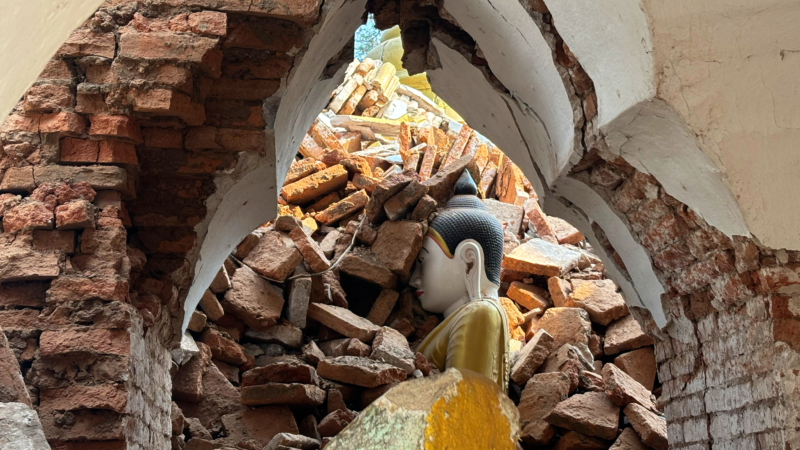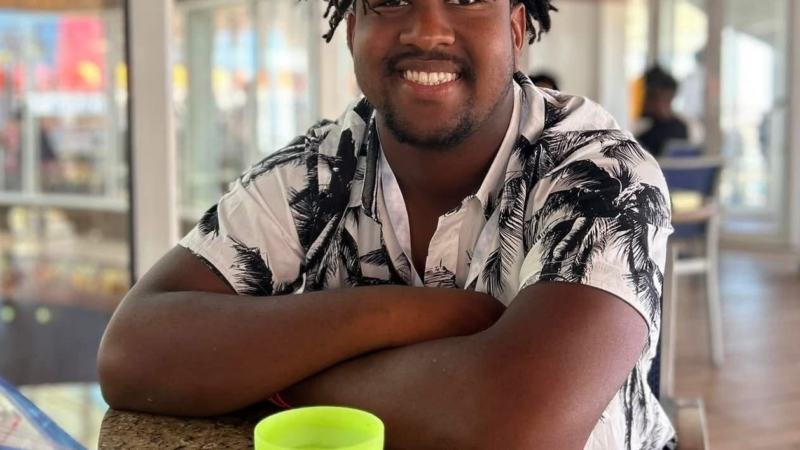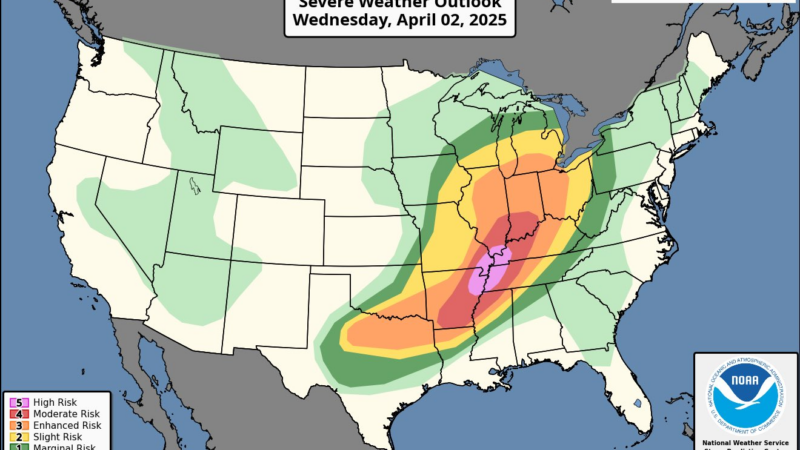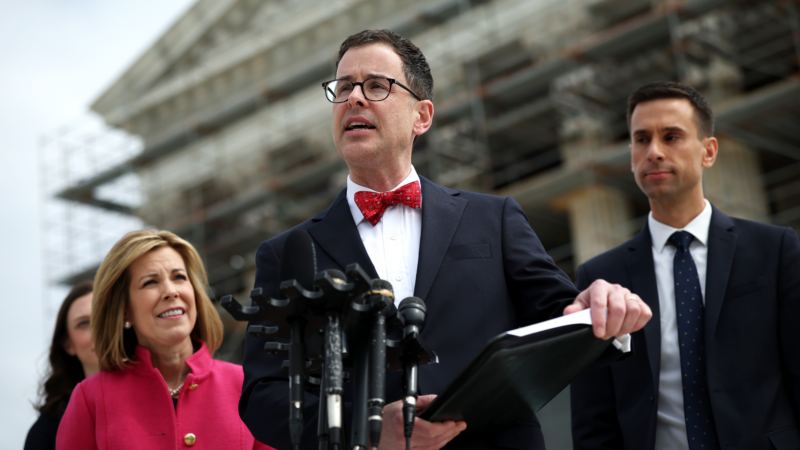What a New Governor Means for Alabama Business
Andrew Yeager | April 17, 2017
========= Old Image Removed =========Array
(
[_wp_attached_file] => Array
(
[0] => 2016/03/Screen-Shot-2016-03-24-at-9.45.01-PM.png
)
[_wp_attachment_metadata] => Array
(
[0] => a:5:{s:5:"width";i:638;s:6:"height";i:479;s:4:"file";s:48:"2016/03/Screen-Shot-2016-03-24-at-9.45.01-PM.png";s:5:"sizes";a:10:{s:6:"medium";a:4:{s:4:"file";s:48:"Screen-Shot-2016-03-24-at-9.45.01-PM-336x252.png";s:5:"width";i:336;s:6:"height";i:252;s:9:"mime-type";s:9:"image/png";}s:9:"thumbnail";a:4:{s:4:"file";s:48:"Screen-Shot-2016-03-24-at-9.45.01-PM-140x140.png";s:5:"width";i:140;s:6:"height";i:140;s:9:"mime-type";s:9:"image/png";}s:9:"wbhm-icon";a:4:{s:4:"file";s:46:"Screen-Shot-2016-03-24-at-9.45.01-PM-80x80.png";s:5:"width";i:80;s:6:"height";i:80;s:9:"mime-type";s:9:"image/png";}s:13:"wbhm-featured";a:4:{s:4:"file";s:48:"Screen-Shot-2016-03-24-at-9.45.01-PM-600x338.png";s:5:"width";i:600;s:6:"height";i:338;s:9:"mime-type";s:9:"image/png";}s:20:"wbhm-featured-square";a:4:{s:4:"file";s:48:"Screen-Shot-2016-03-24-at-9.45.01-PM-600x479.png";s:5:"width";i:600;s:6:"height";i:479;s:9:"mime-type";s:9:"image/png";}s:18:"wbhm-featured-home";a:4:{s:4:"file";s:48:"Screen-Shot-2016-03-24-at-9.45.01-PM-414x311.png";s:5:"width";i:414;s:6:"height";i:311;s:9:"mime-type";s:9:"image/png";}s:22:"wbhm-featured-carousel";a:4:{s:4:"file";s:48:"Screen-Shot-2016-03-24-at-9.45.01-PM-353x265.png";s:5:"width";i:353;s:6:"height";i:265;s:9:"mime-type";s:9:"image/png";}s:28:"ab-block-post-grid-landscape";a:4:{s:4:"file";s:48:"Screen-Shot-2016-03-24-at-9.45.01-PM-600x400.png";s:5:"width";i:600;s:6:"height";i:400;s:9:"mime-type";s:9:"image/png";}s:25:"ab-block-post-grid-square";a:4:{s:4:"file";s:48:"Screen-Shot-2016-03-24-at-9.45.01-PM-600x479.png";s:5:"width";i:600;s:6:"height";i:479;s:9:"mime-type";s:9:"image/png";}s:14:"post-thumbnail";a:4:{s:4:"file";s:48:"Screen-Shot-2016-03-24-at-9.45.01-PM-125x125.png";s:5:"width";i:125;s:6:"height";i:125;s:9:"mime-type";s:9:"image/png";}}s:10:"image_meta";a:12:{s:8:"aperture";s:1:"0";s:6:"credit";s:0:"";s:6:"camera";s:0:"";s:7:"caption";s:0:"";s:17:"created_timestamp";s:1:"0";s:9:"copyright";s:0:"";s:12:"focal_length";s:1:"0";s:3:"iso";s:1:"0";s:13:"shutter_speed";s:1:"0";s:5:"title";s:0:"";s:11:"orientation";s:1:"0";s:8:"keywords";a:0:{}}}
)
[_edit_lock] => Array
(
[0] => 1581971785:113
)
[_media_credit] => Array
(
[0] => Alabama Tourism Department
)
[_navis_media_credit_org] => Array
(
[0] => Flickr
)
[_navis_media_can_distribute] => Array
(
[0] =>
)
[_edit_last] => Array
(
[0] => 113
)
[_imagify_optimization_level] => Array
(
[0] => 1
)
[_imagify_data] => Array
(
[0] => a:2:{s:5:"stats";a:3:{s:13:"original_size";i:2284634;s:14:"optimized_size";i:788300;s:7:"percent";d:65.5;}s:5:"sizes";a:8:{s:4:"full";a:5:{s:7:"success";b:1;s:8:"file_url";s:76:"https://news.wbhm.org/media/2016/03/Screen-Shot-2016-03-24-at-9.45.01-PM.png";s:13:"original_size";i:803189;s:14:"optimized_size";i:270259;s:7:"percent";d:66.349999999999994;}s:9:"thumbnail";a:5:{s:7:"success";b:1;s:8:"file_url";s:84:"https://news.wbhm.org/media/2016/03/Screen-Shot-2016-03-24-at-9.45.01-PM-140x140.png";s:13:"original_size";i:52369;s:14:"optimized_size";i:18642;s:7:"percent";d:64.400000000000006;}s:6:"medium";a:5:{s:7:"success";b:1;s:8:"file_url";s:84:"https://news.wbhm.org/media/2016/03/Screen-Shot-2016-03-24-at-9.45.01-PM-336x252.png";s:13:"original_size";i:218105;s:14:"optimized_size";i:75789;s:7:"percent";d:65.25;}s:13:"wbhm-featured";a:5:{s:7:"success";b:1;s:8:"file_url";s:84:"https://news.wbhm.org/media/2016/03/Screen-Shot-2016-03-24-at-9.45.01-PM-450x338.png";s:13:"original_size";i:377431;s:14:"optimized_size";i:132980;s:7:"percent";d:64.769999999999996;}s:20:"wbhm-featured-square";a:5:{s:7:"success";b:1;s:8:"file_url";s:84:"https://news.wbhm.org/media/2016/03/Screen-Shot-2016-03-24-at-9.45.01-PM-300x300.png";s:13:"original_size";i:228150;s:14:"optimized_size";i:78734;s:7:"percent";d:65.489999999999995;}s:18:"wbhm-featured-home";a:5:{s:7:"success";b:1;s:8:"file_url";s:84:"https://news.wbhm.org/media/2016/03/Screen-Shot-2016-03-24-at-9.45.01-PM-414x311.png";s:13:"original_size";i:323785;s:14:"optimized_size";i:113410;s:7:"percent";d:64.969999999999999;}s:22:"wbhm-featured-carousel";a:5:{s:7:"success";b:1;s:8:"file_url";s:84:"https://news.wbhm.org/media/2016/03/Screen-Shot-2016-03-24-at-9.45.01-PM-353x265.png";s:13:"original_size";i:239668;s:14:"optimized_size";i:83318;s:7:"percent";d:65.239999999999995;}s:14:"post-thumbnail";a:5:{s:7:"success";b:1;s:8:"file_url";s:84:"https://news.wbhm.org/media/2016/03/Screen-Shot-2016-03-24-at-9.45.01-PM-125x125.png";s:13:"original_size";i:41937;s:14:"optimized_size";i:15168;s:7:"percent";d:63.829999999999998;}}}
)
[_imagify_status] => Array
(
[0] => success
)
)
1648978829
1492405231
Gov. Kay Ivey’s transition is well under way one week after former Gov. Robert Bentley resigned after an alleged affair. Plenty of attention has been focused on the politics of the situation. But for a state government that’s heavily involved in economic development, it’s worth asking what effect this whirlwind in Montgomery could have on the business community. We talk about it in this week’s Magic City Marketplace.








